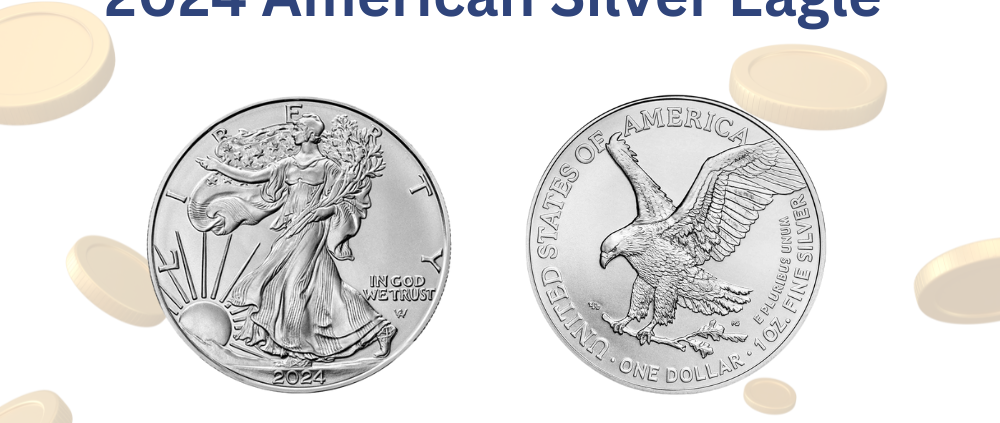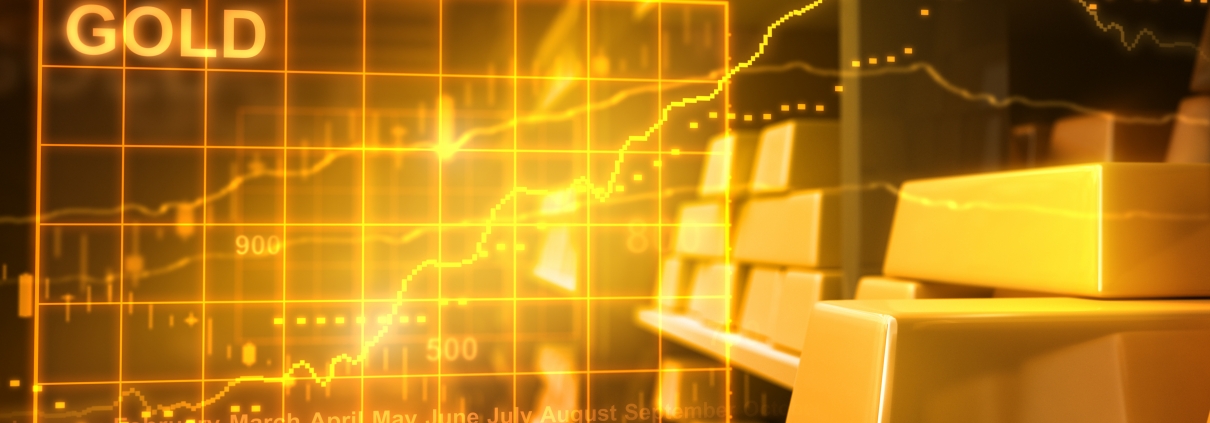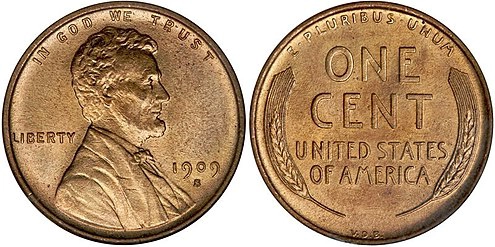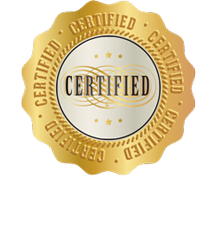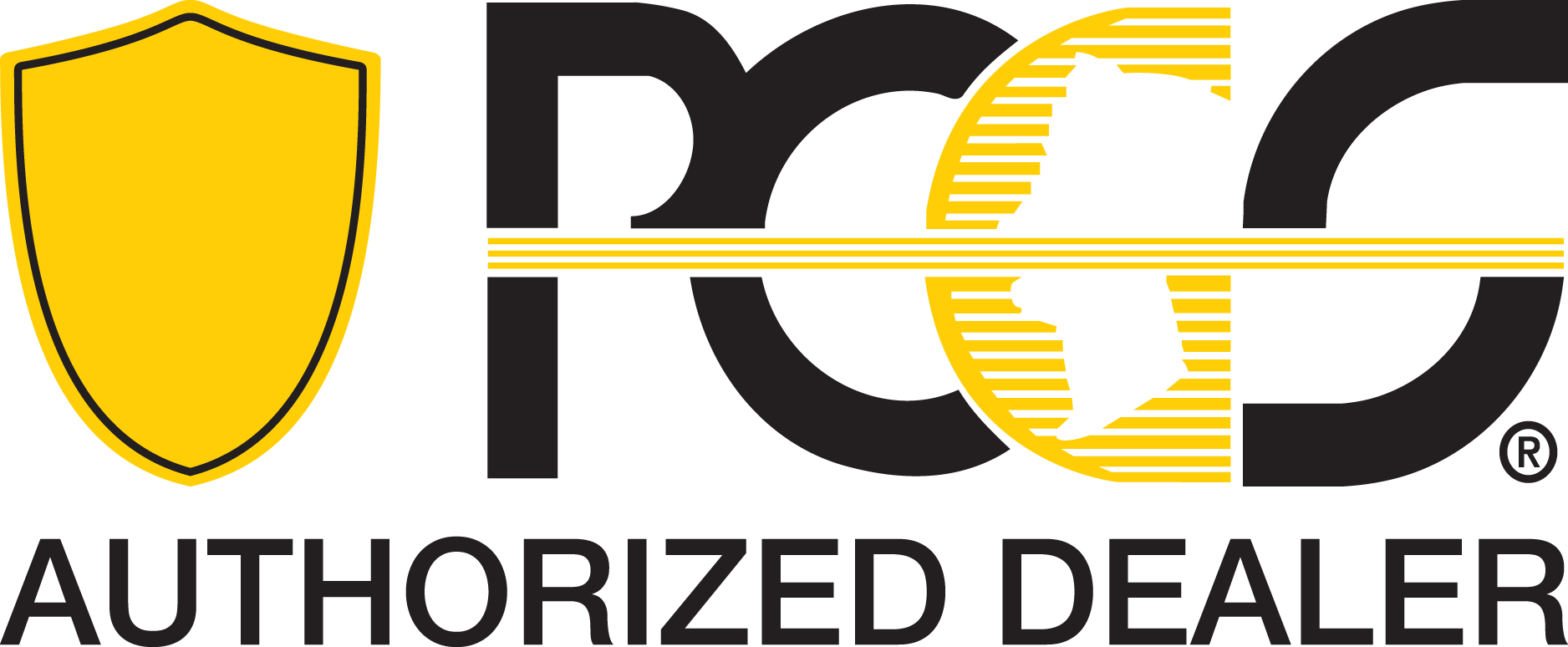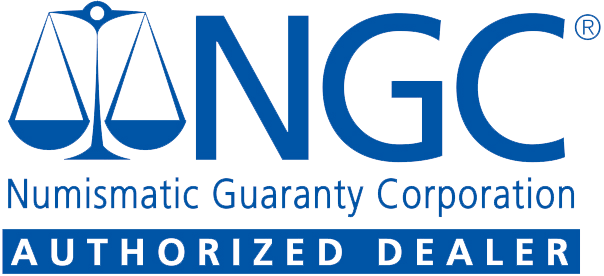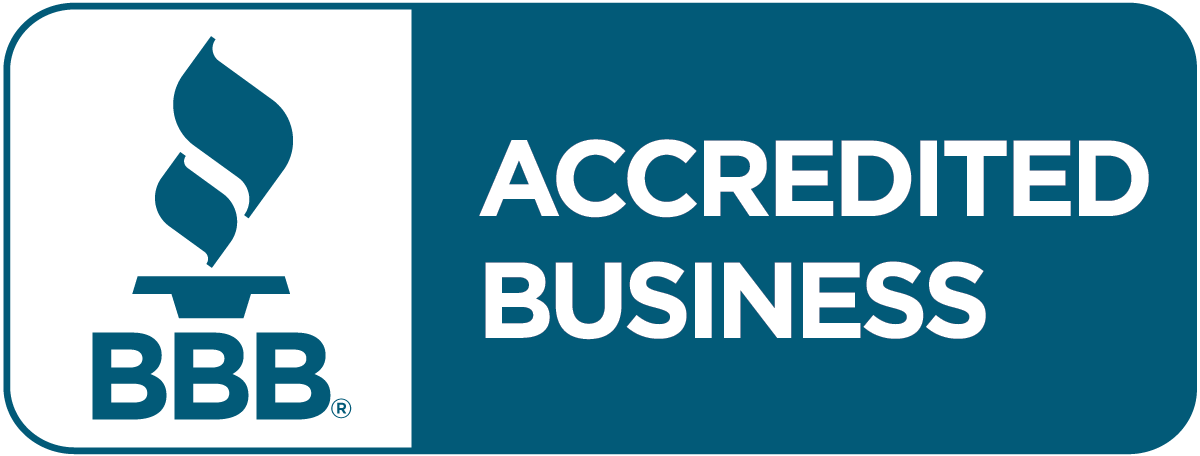We have received your message. If you indicated that you would like to make an appointment, we will reach out to you shortly.
When you sell gold to us, we will explain every step of the process to help you understand how selling gold works. With your XRF Precious metals Analyzer, we can test your gold to know exactly what purity your gold contains. This helps us assess your gold to give you the most when you sell.
Gold hit a record high of $2,135.40 per ounce in December 2023, but what is the gold market outlook in 2024?
We don’t encourage speculation, since anything can happen, but experts are expecting further price gains in the year ahead. In part, this is because gold and silver have traditionally been strong markets in times of financial uncertainty.
What Happened With Gold in 2023?
2023 began with the gold market at $1,824.16 per ounce.
It’s normal for gold prices to fluctuate somewhat throughout the year. For example, gold was at around $1,800 per ounce in October 2023 after a high of $2,073.29 in May 2023. And after the high of over $2,100 in early December, gold closed 2023 at $2,062.92.
But despite these fluctuations, with opening 2023 at $1,824.16 and closing the year at $2,062.92, gold saw an overall increase of 13% in 2023.
What are Experts Forecasting for Gold in 2024?
In its 2024 outlook, the World Gold Council looks at several scenarios, with the most likely outcome indicating that gold performance will be “flat with upside potential” in the coming year.
That aligns with J.P. Morgan’s forecast of an average of $2,175/oz for gold in 2024.
Similarly, UBS forecasts prices of up to $2,250/oz by the end of 2024.
What Does this Mean for You?
All signs point to gold remaining a good investment in 2024. This means it’s a good time to both buy and sell gold.
But as to what this means to you individually, it’s always best to seek professional financial advice before taking action.
If you’re looking to take advantage of the strong gold market outlook for 2024 by selling gold — jewelry, coins, bullions, or even dental gold — contact us for pricing. Simply call (909) 985-4653 or click here for more ways to contact us.
Does California Gold and Silver Exchange Buy Error Coins or Variety Coins?
At California Gold and Silver Exchange we often get phone calls inquiring about error coins or variety coins.
- We only buy error coins that are graded by PCGS or NGC.
We do not buy error coins that have not been certified as an error coin. The reason is that in coin making there are different dies that are used for a coin. The age of the die or the place that the coin was minted may be the reason that the coin has a slight difference. This may or may not be an error to the coin. The coin world will often have error’s that are recognized globally.
I saw an online video that said my coin might be valuable. Is it a scam?
With the onset of the internet and YouTube we have seen an increase of videos that identify different “error’s” of coins. These videos are often click bait, used to get people to watch the video and/or subscribing to the video channel and then making money for the video maker. We like to say it is similar to fake news as the information seems to be made up and not from professional coin dealers.
What is an Error Coin?
An Error Coin is a coin that has an unintentional mistake or abnormality that affects either a single coin or a small batch of coins. They are made as a result of human or mechanical error during production in what is known as the “striking” process. In most cases the Mint will make identify and destroy these mistakes, but sometimes coins with one abnormality, or sometimes even multiple mistakes will enter into circulation. This makes the coin very rare, and thus collectible.
Types of Coin Errors
Errors are broken up into three major categories.
Planchet Error
– Clipped Planchet when a portion of the coin disc is missing 10% or more of its material.
– Blank Planchet when a portion of the planchet remains unstruck.
– Lamination Error where the coin blank is defective in some way.
– Wrong Planchet when a wrong planchet meant for another denomination or containing the wrong metal is used.
Die Error
– Defective Die are instances where the die used to strike the coin is damaged in some way.
– Cud results from a broken die.
Strike Error
– Off Center strike – a coin that has been struck out of the collar and incorrectly centered with part of the design missing.
– Multiple Strike – a coin with at least one additional image from being struck again off center
– Broadstrike – a coin that was struck outside the retaining collar.
– Brockage – a mirror image of the design.
What is a Variety Coin?
A variety coin is created when intentional and unintentional changes to the die (or template) occur before the coins are struck. Because the die itself is at fault, this type of error affects a small batch of coins, rather than just a single coin. Collectors try to add every coin from the series into their collection.
Some Famous Variety coins
1955 Double Die Lincoln Cent
1982-D Small Date Copper
1942/1-P&D Mercury Dime
1937-D Buffalo Nickel 3 leg
Do You Buy Error Coins or Variety Coins that are not Certified?
- We only buy error coins that are graded by PCGS or NGC.

